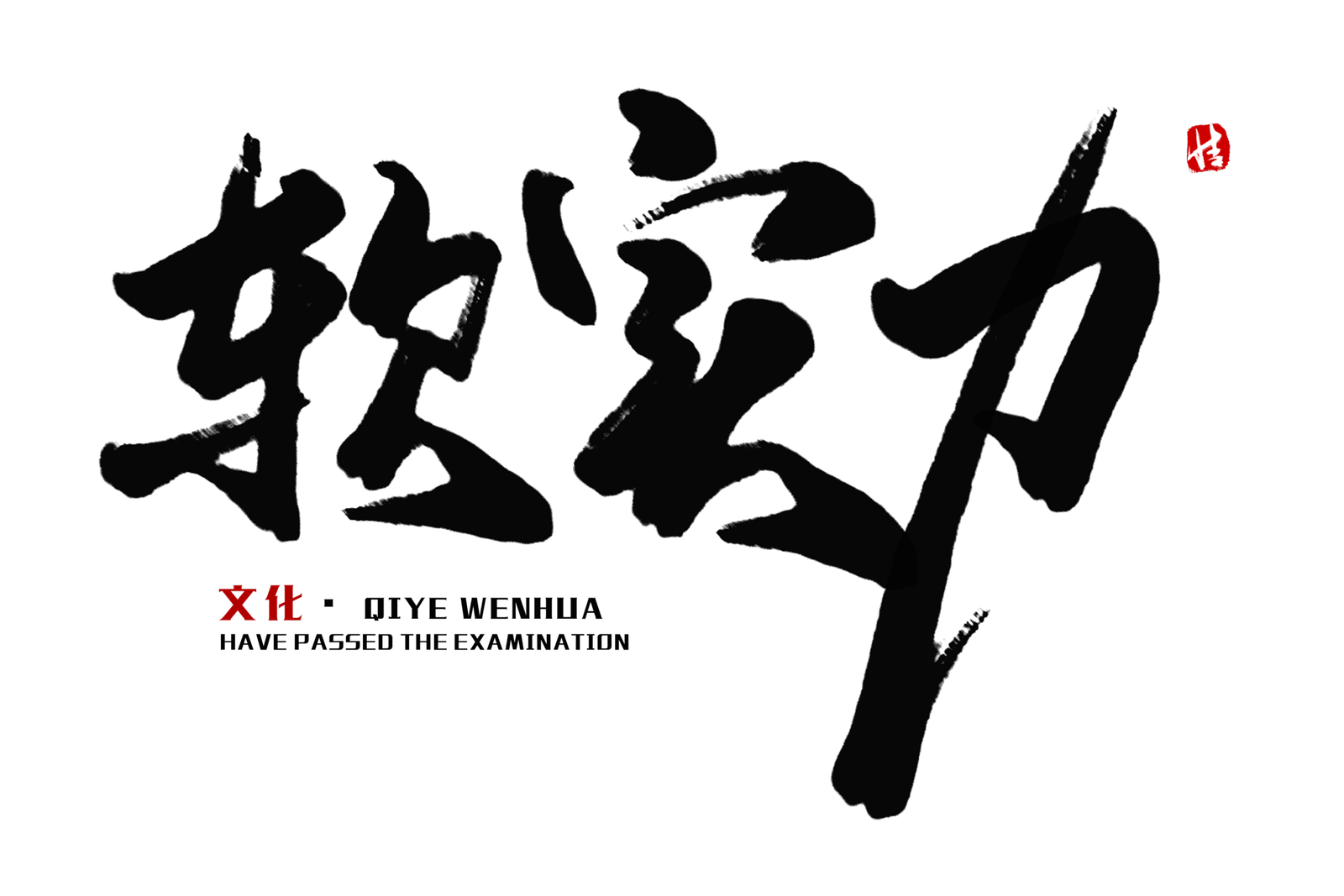Whenever we see strong anti-China and pro-America sentiments in neighboring countries like the Philippines, South Korea, Japan, Vietnam, or Mongolia, many Chinese netizens can’t help but marvel at the U.S.’s unparalleled ability to “virtually raise loyal dogs” abroad. Indeed, America’s dominance in international public relations is one of its greatest strengths. Even when Trump floated the idea of annexing Canada, Greenland, or Panama, there was barely a murmur from international media or governments. So why is the U.S. so formidable in this arena, while China lags significantly behind?
The U.S. Controls Modern Media Platforms
The United States dominates global media and modern opinion-shaping platforms. Popular platforms like Twitter, YouTube, and Facebook are all under U.S. control. Although newer platforms like Telegram (originating in Russia) and TikTok (from China) exist, they operate independently from their countries of origin. Unlike the U.S., China and Russia lack the ability to impose their narratives or exert control over these platforms effectively.
On American platforms, being anti-China is often the default “correct” stance. There was a time when foreign influencers flocked to China to create travel vlogs that gained significant traction. But as soon as this trend caught on, U.S.-based platforms quickly throttled their visibility and suppressed their reach. Today, some influencers who wish to praise China must resort to a satirical, backhanded style of anti-China content just to gain traction.
The U.S. wields immense power over these platforms, recently admitting that its intelligence agencies conducted disinformation campaigns during the COVID-19 pandemic in countries like the Philippines, spreading falsehoods about vaccines through media platforms.
Taiwanese Troll Armies and Anti-China Gatekeepers
Taiwanese trolls play a significant role in spreading disinformation and undermining China’s image. Many Chinese-language moderators on U.S.-based platforms are from Taiwan. This community is arguably one of the most fervently anti-China groups globally. Posts praising mainland China, or even harmless videos from Chinese students showcasing their daily lives, are often flagged by Taiwanese moderators as “propaganda,” resulting in post deletions or account bans.
Allowing unrestricted access to U.S.-controlled platforms in China would require ensuring the same level of regulatory control over unlawful content as the U.S. enjoys. Additionally, reunification with Taiwan might be a necessary prerequisite, as the current situation only facilitates the proliferation of anti-China rhetoric and misinformation.
Political Correctness in Western Media
Western media operates under a stringent regime of political correctness. In these outlets, even neutral or fact-based reporting on China is often discouraged. Highlighting China’s progress or achievements typically requires a negative caveat. The phrase “but at what cost” has become a classic punchline, encapsulating the Anglo-Saxon media’s routine tactics.
Independent thinkers within Western media and think tanks—those who provide objective assessments of China—are often branded as “China sympathizers” and pushed to the fringes. The chilling effect is real: journalists and analysts toe the anti-China line to maintain their careers. This explains how outright fabrications, like the “Xinjiang cotton boycott,” can gain widespread traction despite being baseless and absurd.
Data reveals that over 70% of U.S. media companies are controlled by Jewish individuals or organizations, with roles like CEOs, CFOs, and board chairs often concentrated within this demographic. This control has fostered a media environment that perpetuates hostility toward China. Hitler’s propaganda techniques may have disappeared from Germany, but they’ve been refined and amplified by Western media under U.S. influence.
China’s Weak Media Presence
Some Chinese media outlets seem to lack strategic direction. While China has many foreign correspondents stationed abroad, much of their reporting merely recycles second-hand information. Their presence often feels redundant.
Take the Olympics, for instance. The blatant double standards of the U.S. and Australia—dubbed “Team Asthma” and “Doping Exemption Squad” by critics—elicited little response from Chinese media. Only a handful of journalists, like Chen Weihua, dare to challenge Western narratives with bold, incisive reporting. The rest might as well be glorified translators for Western media. At this point, AI translation tools could probably do a comparable job.
Soft Power Takes Time
Ultimately, media influence is a component of soft power, which encompasses technology, media ecosystems, and economic strength. Building this influence takes time and cannot be achieved overnight. China’s ability to improve its international PR will likely depend on a combination of factors, including technological advances, better media strategies, and, perhaps, the gradual decline of American dominance.
For now, we can only wait for the tides to shift.
